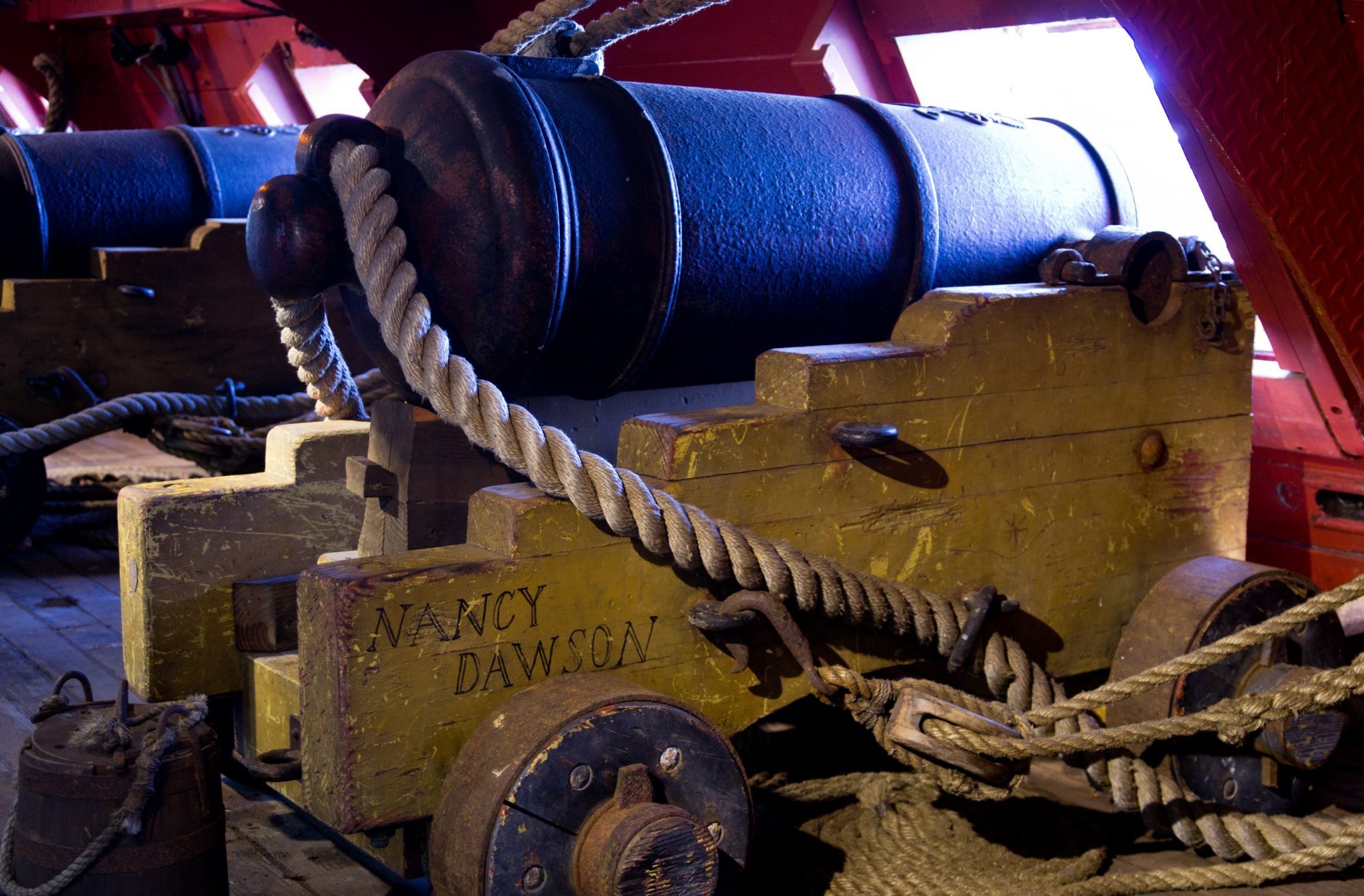Some thoughts about the 18th century…
I don’t get Starz, the channel that shows the hit
show Outlander, so I had to watch it as a marathon on DVD. Being a pirate fan,
some unusual thoughts came to me while I was viewing the episodes. (Though I’ll
offer one spoiler… I did REALLY enjoy all the handsome men in kilts!)

Outlander is very close to our own time period.
(It’s set in 1743, and the Golden Age of Piracy ended in about 1723.) The
Jacobite cause near the center of the Outlander action was near and dear to the
hearts of many pirates. But the most pervasive thing I see is a well-researched
show that tells us a little more about what life was like for Golden-Age pirates.
One of the first things I see is that everything
is hand-made. Why? Because except there was no factory production of anything. Every
shirt, every sock, every needle, shoe was made by hand by someone. Every item
was different from every other item.

This shows up in some strange ways. One is that
clothing was much more valuable than it is today. Weaving, cutting, sewing and
finishing clothes was all done by hand by skilled artisans, instead of whipped
out by high-speed electric looms, laser-cutters, industrial sewing machines, and
starvation-waged Chinese workers.

Not only was clothing a major expense, but
second-hand clothes were much more valuable as well. And third-hand clothing.
And so on. Even the rich saved clothing that was out of style or worn,
recycling it and re-working it into new garments. Or they handed them down to
servants, who re-dyed and re-worked them into everyday clothes, or sold them
for a substantial profit. So, when pirates stole clothing and wore it, they
weren’t doing anything out of the ordinary.

BUT, the corollary to this is that people could
identify stolen clothing. Think about it. If one of your dress shirts was
stolen, you’d have a hard time picking it out of a lineup. But 18th
century people would have known immediately whose shirt was whose. During
trials from the time, identification of stolen clothing often sent thieves to
jail, the pillory or the gallows.

Follow this one more step, and you’ll realize that
there were no BRANDS. Today we depend on brands to decide what to buy. Some
brands are affordable, some not. Some fit us well, others don’t. And if you
want to convey status, you depend on the tag inside or the logo printed outside
your clothing. In fact, the label is often the most important part of the item.

Let’s go on. Every item was hand made. This meant
that the parts of a house, or a ship, or a gun, were all purpose-built for that house, that ship, that gun. Which
meant that if you tried to take the door off one house, it would not fit into
another doorway. If you took the parts off one ship they might not fit into
another ship. (This was one of the reasons carpenters were so important on a
ship – new parts needed, at best, to be re-shaped to fit the ship, and at most
built especially for the ship.)
Pistols, muskets, and even cannons had parts that
were not interchangeable. Today, if you have a Beretta 9mm, you can take parts
for it from any other Beretta 9mm in the world. During the 18th
century, not only could you not necessarily use the parts from one pistol to
repair another pistol, but there was no reliable brand of pistol (or musket or
cannon) to buy.

Individual makers had a local reputation, but once
the weapon in question had left the region, it would not be recognized. Each
weapon would be valued according to its individual quality and usefulness. And
no two guns were ever quite the same.

In some ways, this accounts for the hodge-podge
look of a pirate ship and a pirate crew. When a new ship was being fitted out,
the builders would buy all the cannons from the same foundry, and therefore all
of them would look much the same. But a pirate crew amassed its weaponry from a
number of sources – stealing a cannon here, a brace of pistols there… So each
piece would look quite different.

Think for a moment about what this means. Today we
expect regularity in things. Every stitch in a garment is the same as every
other. Every t-shirt in the pile is exactly the same. Windows come in standard
sizes, and we see them in the houses around us without even noticing. We see
identical cars, identical phones, identical chairs and tables and toys and even
identical pieces of art. In the days of the pirates, each piece was unique.
Is it important? Maybe, maybe not. But if you I
for one like to think of things, people, eras, in context. And the
individuality of things in the past is an important part of the pirate context.
ReplyDeleteThis post posted at this web page is truly good.
ReplyDeleteVery good article. I’m facing many of these issues as well